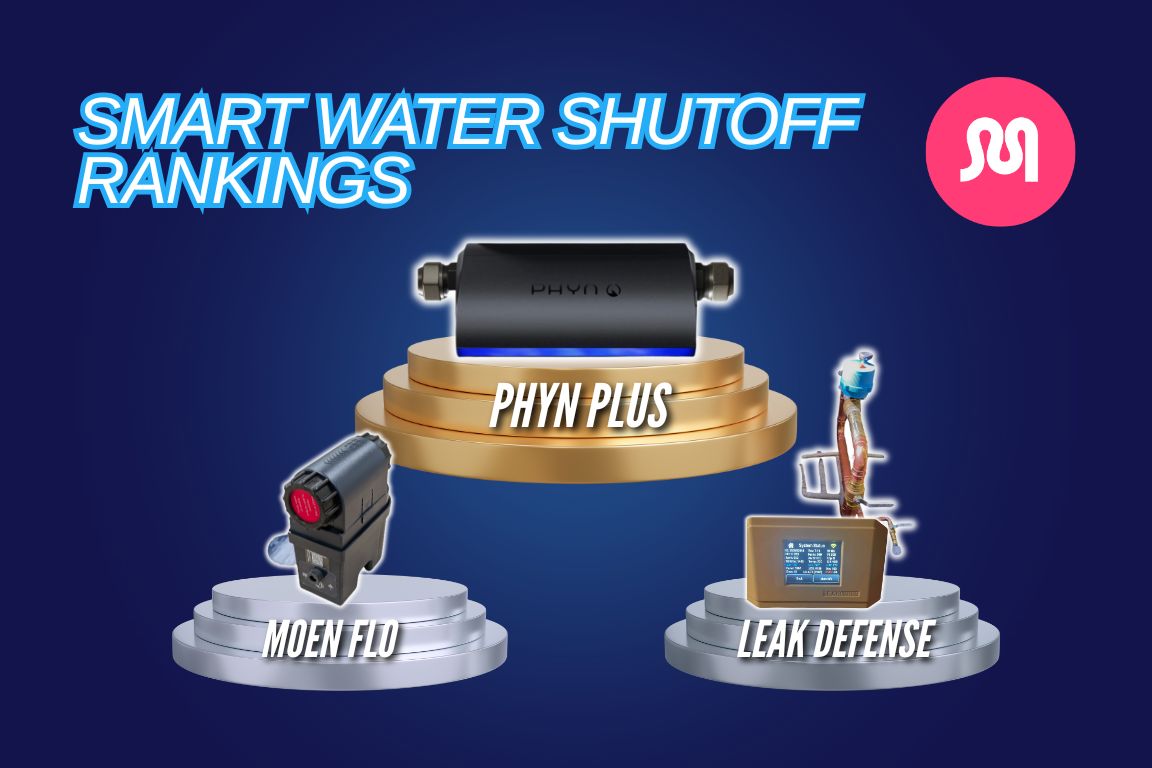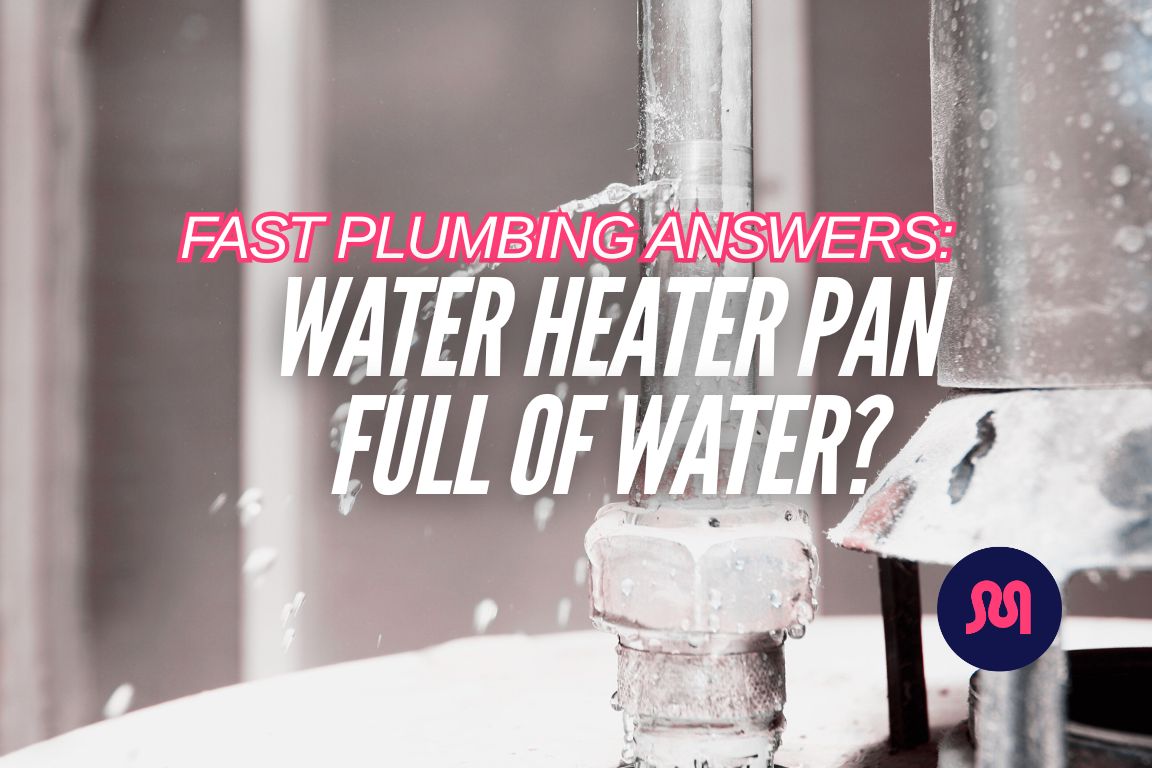Electronic Leak Detection: The new leak detecting standard
.webp)
table of contents
table of contents
Water leaks can cause significant damage and lead to costly repairs for homeowners. When faced with the suspicion of a leak—whether it's a high water bill or a muddy spot in the yard—finding the source can be a pain. Often it involves trial and error: cutting dry wall, or tearing up flooring. Electronic leak detection offers a non-invasive solution to pinpoint the exact location of leaks, saving homeowners both time and money.
How Electronic Leak Detectors Work
Electronic leak detectors use three primary methods.
- Amplifiers find Acoustic vibrations: Detecting sounds caused by pressurized water escaping a pipe.
- Moisture meters measure water levels: Identifying changes in the surrounding environment.
- Thermal Sensors show temperature variations: Highlighting cold or hot spots indicative of leaks in temperature-controlled systems.
When a leak occurs, these systems alert users through alarms or visual indicators, prompting immediate action.
Benefits of Electronic Leak Detection
In the past, if a homeowner suspected a leak, we’d often have to cut into walls, floors, or ceilings just to locate the source. This meant more damage, more repair work, and higher costs for homeowners after we found and fixed the leak.
As we grew in experience we had our team trained in Electronic Leak Detection. We’ve been able to pinpoint leaks with incredible accuracy. This has drastically reduced the number of jobs that require cutting into drywall, digging into foundations, or replacing flooring.
Quicker, more precise repairs mean less disruption to our customers’ homes. Here’s some of the benefits we’ve seen:
Non-Invasive Approach
Modern electronic detectors locate leaks without requiring excavation or demolition. Accurate detection reduces disruptions and minimizes labor costs.
Early Detection
Electronic leak detectors identify issues long before visible signs appear, such as water stains or pooling. Early detection prevents:
- Structural damage
- Mold growth
- Escalating repair costs
Efficiency
These devices streamline the detection process, saving time for homeowners and professionals.
Cost Savings
Addressing leaks early prevents water damage and saves significant costs over time.
{{Electronic-leak-detection="/services/Electronic-leak-detection"}}
Electronic Leak Detection Pricing and Warranty
The cost of electronic leak detection typically ranges from $400 to $800, depending on factors like the complexity of the job and the location of the leak. This cost can also save homeowners significant money by avoiding unnecessary repairs to drywall, flooring, or foundations often required with traditional methods.
Regarding warranties, It’s worth noting that most companies do not offer warranties on leak detection itself, as it’s a diagnostic service without repair work. However, your plumbing company may offer a warranty on the repair. A minimum warranty would cover at least 90-days from the date of the repair. Mother is proud to provide an industry leading 72-month parts and labor warranty on all leak repairs.
By knowing what to expect in terms of pricing and warranty, homeowners can make more informed decisions when addressing leaks in their homes.
When to Avoid Electronic Leak Detection
Electronic leak detection isn’t always the ideal solution for every situation. Certain limitations exist where these methods may fail to detect leaks effectively. Consider these scenarios:
- Leaks in Low-Pressure Systems: Acoustic detectors rely on sounds generated by pressurized water escaping a pipe. In systems below 30 psi, such as irrigation or gravity-fed systems, these sounds are often too faint for detection.
- Leaks in Non-Pressurized Systems: Systems like open-channel drains lack the necessary pressure to produce the vibrations detected by acoustic methods.
- Surface Pooling: Water pooling over a leak site can act as an acoustic dampener, muffling leak sounds and complicating detection efforts.
- Deeply Buried Pipes or Dense Materials: Pipes buried deeper than typical acoustic detection ranges, or encased in materials like clay, heavily compacted soil, or concrete, can obscure sound transmission.
- Noisy Environments: High ambient noise levels, such as urban traffic or industrial machinery, can overwhelm sensitive detection equipment. Even with advanced frequency filters, isolating a leak tone may prove challenging.
In such cases, alternative tools like thermal imaging, tracer gases, or ground-penetrating radar (GPR) may provide better results.
For example, professionals often turn to GPR in situations where pipe material and depth make acoustic detection impractical. Thermal imaging can effectively locate temperature-related anomalies in hot water systems. By understanding these limitations, homeowners and technicians can choose the most appropriate leak detection method for each scenario.
Acoustic Leak Detection: A Closer Look
For professional or critical systems, acoustic leak detection offers a highly effective solution. This technology uses microphones and amplifiers to detect leaks by analyzing sound patterns.
How It Works
- Detection: Ground microphones pick up vibrations or tones caused by water escaping a pipe.
- Amplification: Amplifiers enhance these sounds, helping technicians isolate the leak location.
- Pinpointing: Technicians use headphones and monitoring devices to locate the precise origin of the leak.
Advantages
- Non-Destructive: Eliminates the need for digging or invasive testing.
- High Accuracy: Detects leaks in deep or hard-to-access areas.
- Time-Efficient: Minimizes time spent diagnosing issues.
Conclusion
Electronic leak detection offers a reliable solution for protecting homes and properties. By detecting leaks early, preventing damage, and minimizing disruptions, these devices deliver peace of mind. Whether you opt for a basic passive unit or a professional-grade acoustic system, electronic leak detection ensures long-term protection and significant savings.
{{Electronic-leak-detection="/services/Electronic-leak-detection"}}




